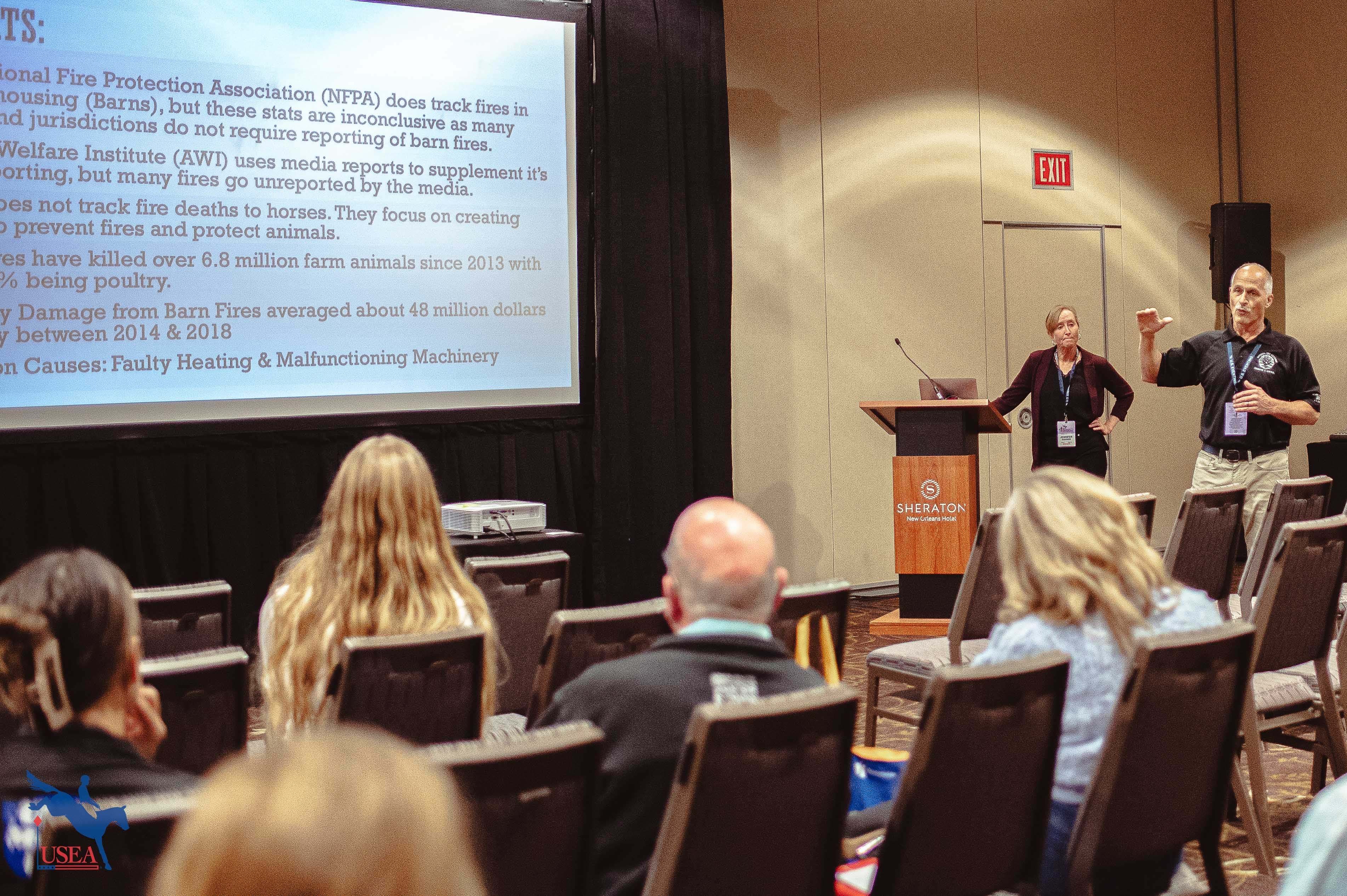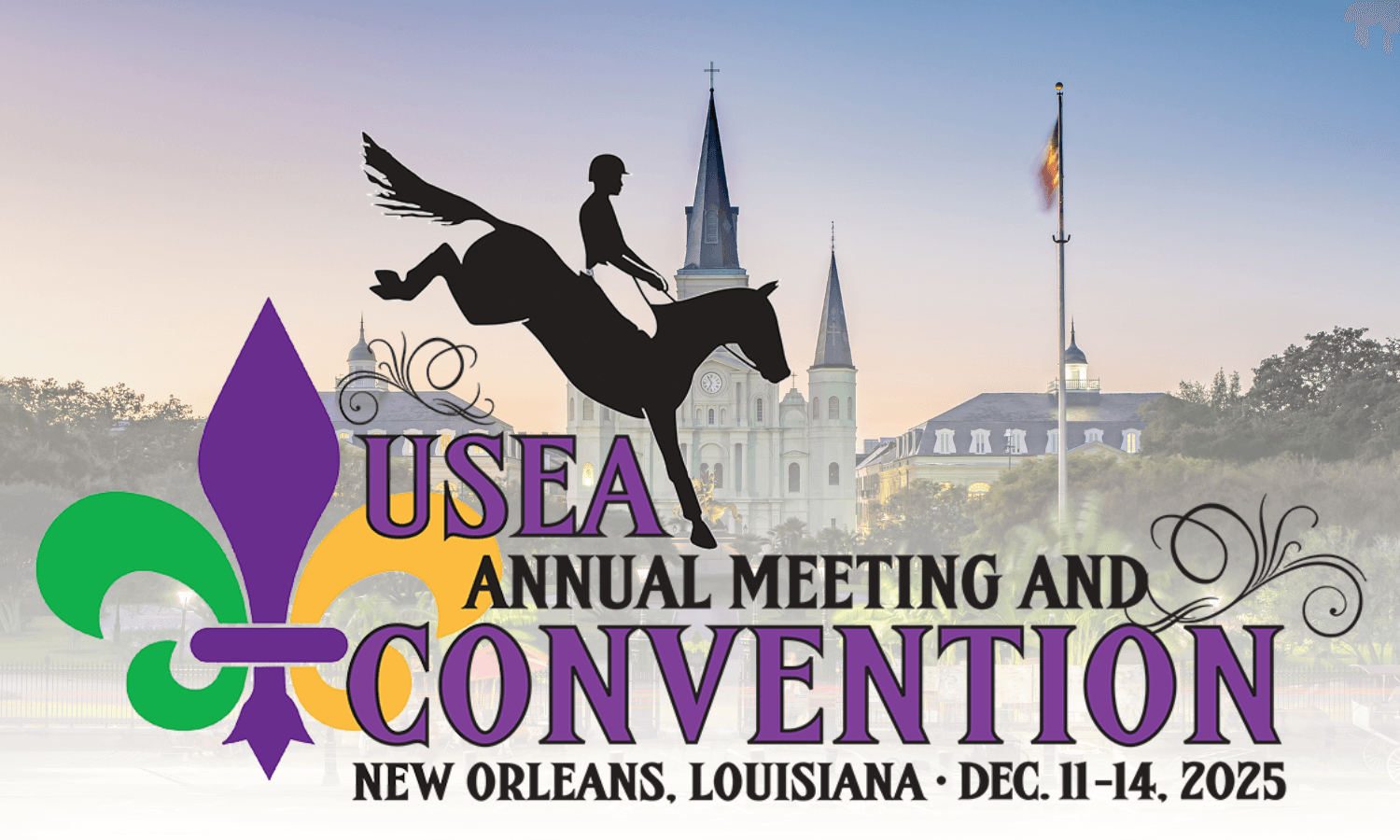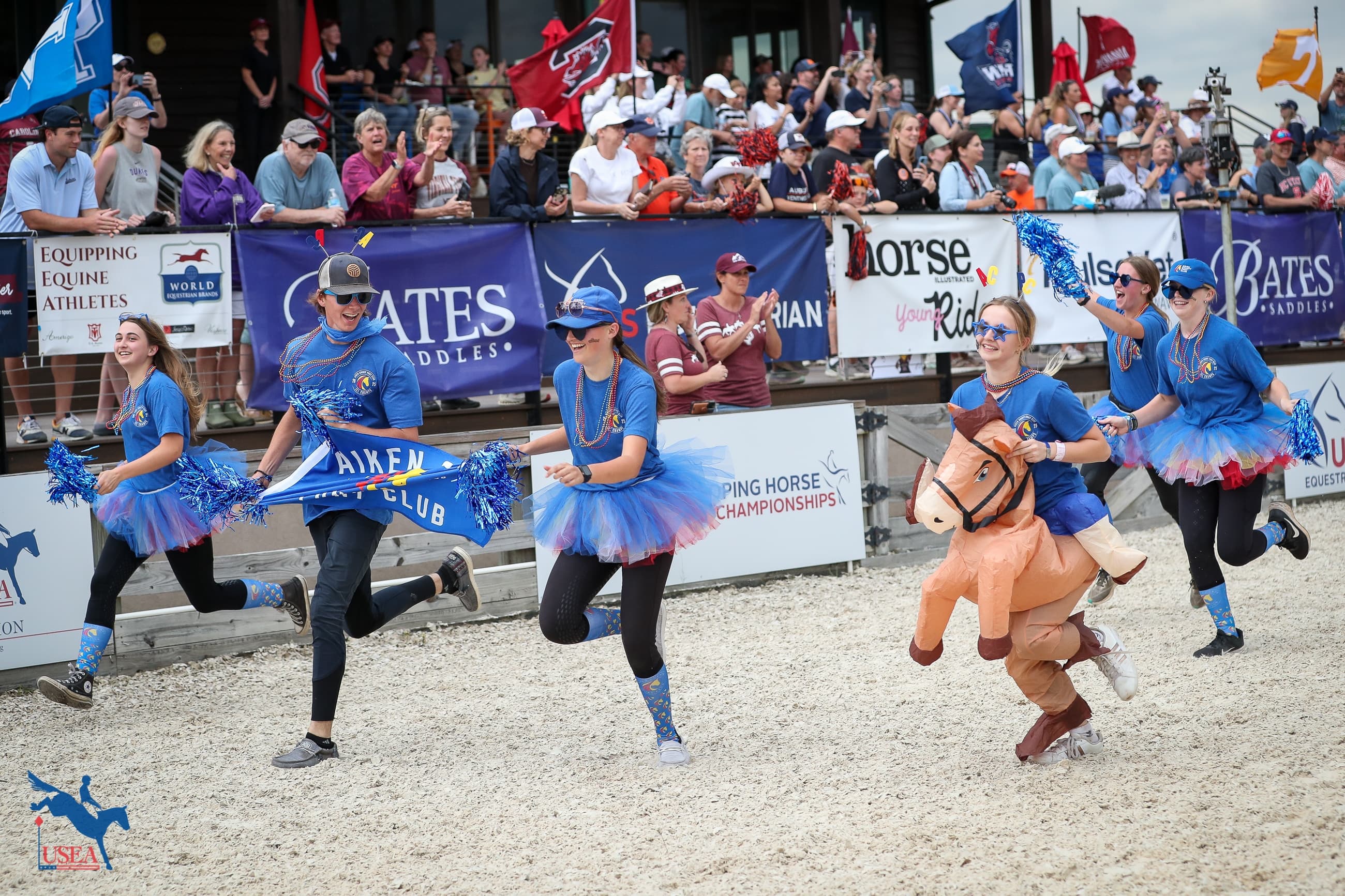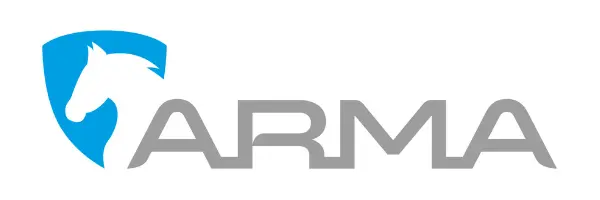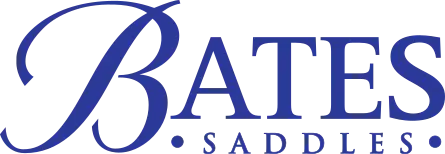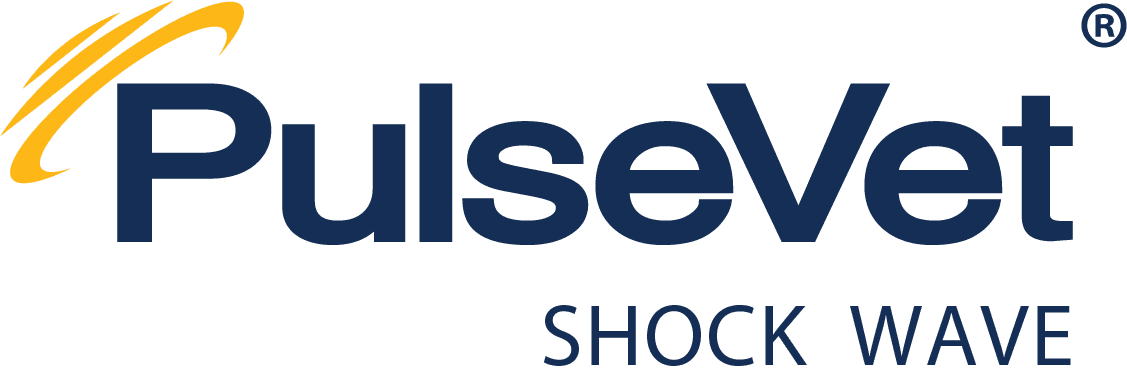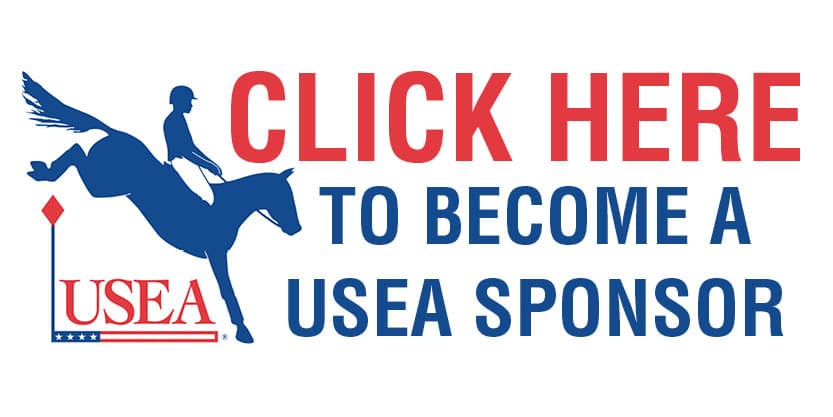Safety Takes Center Stage at 2016 USEA Board of Governors Summer Meeting
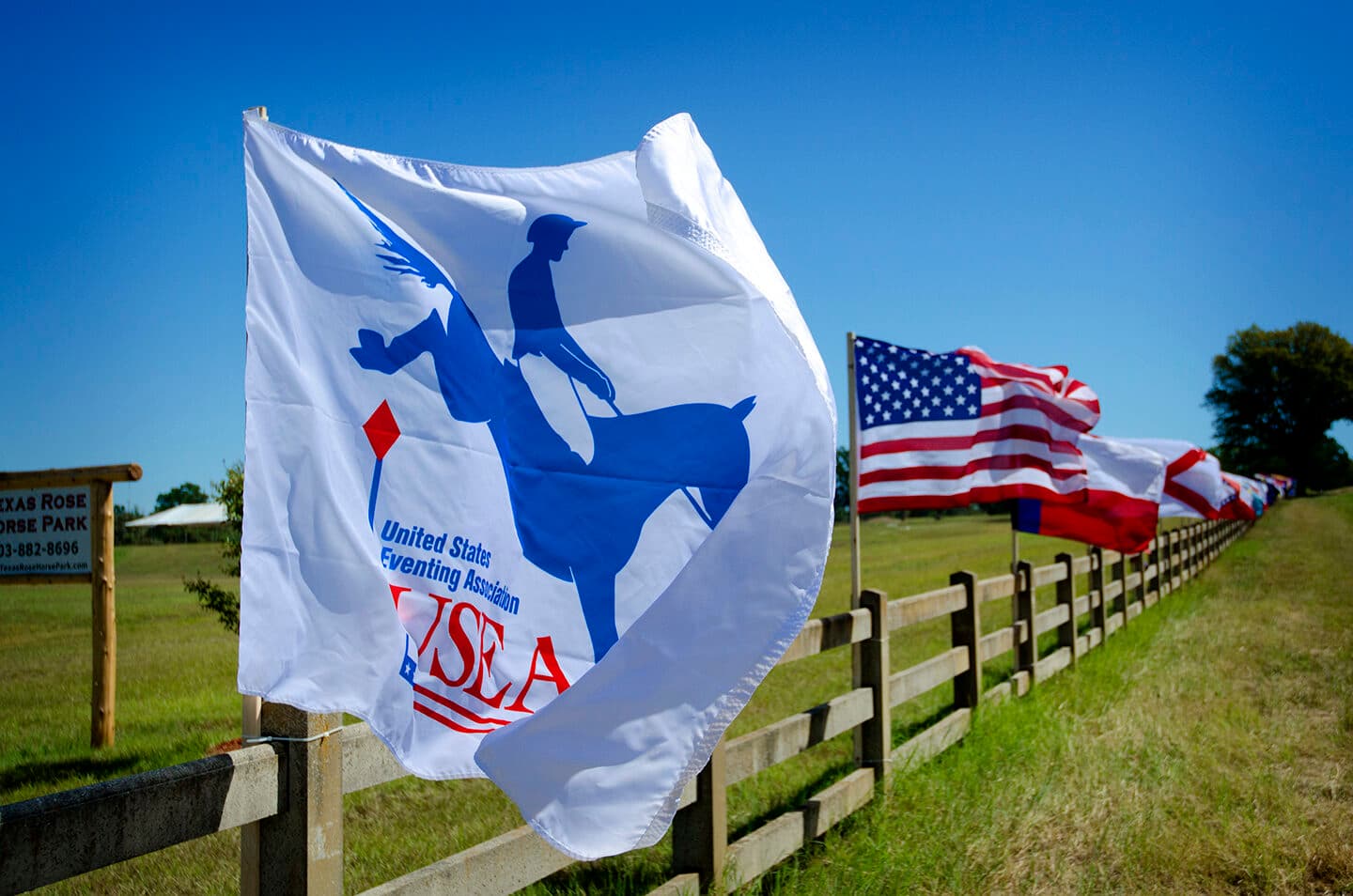
The summer meeting of the USEA Board of Governors was held last week in Dulles, Virginia. With full representation of the Board plus quite a few staff members, it was a productive meeting as this dedicated group of volunteers discussed a variety of topics and worked towards solutions.
The focus of a large portion of the meeting was on safety and safety-related initiatives. The USEA Safety Committee, co-chaired by Vice President of Safety, Sarah Broussard, and President-Elect, Carol Kozlowski, had several updates to share with the rest of the Board and asked for input on others.
Broussard announced that there are now more resources available for Safety Coordinators at an event. The position is most often filled by a volunteer, who is normally given the hefty Safety Coordinators Manual when arriving on site at an event. The USEA has developed an online training course that will better prepare the individual for the position. The course is not designed to be a barrier for entry for a Safety Coordinator, but as a familiarization of the individual volunteer with the duties and protocols of the position ahead of time.
Over the past year there has been a great deal of discussion about incorporating more stringent helmet and body protector safety standards into the Rulebook. Kozlowski raised the question “are we current with how our standards stack up globally?” Kozlowski had spoken with representatives from ASTM International, a globally recognized standards development and testing organization, who said that we aren’t behind the times, but that the standards are constantly changing as new technology is developed. If the USEA were to ask the USEF to incorporate the latest standard numbers in the Rulebook, it would then need to be updated in a few years. There was also concern that requiring a body protector certified to a particular standard (which is currently strongly recommended, but not required) would be a financial burden on our members. The Board has asked the Safety Committee to review this issue in more depth and make recommendations to the Board in December.
Peter Gray, Vice President of Competitions, initiated a discussion about the USEF Watch List and if it is used properly. He suggested that the officials at events are often not aware of names on the Watch List. A suggestion was made that USEA inform organizers who then will in turn inform their Technical Delegates about any riders who are entered at their event currently on the Watch List. The Board also discussed the use of the Watch List as well as the proper use of Dangerous Riding penalties and FEI Yellow Cards. Riding responsibly is an important part of safety and penalties available through the USEF and FEI are there to encourage safe riding.
The Board voted to clarify the language of EV113.5 to make it clear that an EMT-Basic, also known as an EMT-B, is the level required for a competition and to strongly encourage the use of a paramedic if circumstances warrant. As an example, a paramedic would be recommended in the case of a competition that is farther than 20 minutes from a hospital.
Concussions remain an important topic for the Safety Committee, and they reported on discussions with the owners of a new 10-second concussion-testing system who are willing to let the USEA try a machine for one year. While the technology is quite exciting and the test is a lot faster than the current IMPACT testing, some members of the Board expressed concern that the hardware required and its related cost would make the testing difficult to implement across the country. The Safety Committee will continue to look into this and similar technologies to see if and how it can be incorporated into our competitions.
The Cross-Country Course Design Safety Task Force, which was founded last year, reported that the engineers on the committee are working to incorporate angle requirement for the faces of a jump and develop a range of angles for fences at certain speeds. These guidelines would work together with the deformable technology (including brush). The Task Force also submitted a motion for an extraordinary rule change that would require that both the front and back rails of frangible oxers (whether using pins, mims clips or other load bearing devices) be activated by specified forces. The motion was approved by the Board.
Safety in the warm-up areas at competitions continues to be a major safety issue. Short of requiring stewards in these areas at national horse trials, the Board approved a suggestion that a set of guidelines for warm up volunteers be disseminated to organizers and that warm-up volunteers be educated on permissible and impermissible warm-up actions as well as what to do when warm-up guidelines are violated. Similarly, riders will be reminded of permissible actions in the warm-up areas.
The Board approved dedicating a portion of its surplus cash to funding specific projects that are important to the sport and its future. Accordingly, the Board specified that $200,000 of its surplus cash be dedicated to safety and education initiatives in the near future. A committee has been formed to develop guidelines for use of these funds.
Other announcements and points of discussion included:
- Expansion of the Mentorship Program to include adult amateurs
- Future of the North American Junior/Young Rider Championships
- Future of the Adequan USEA Gold Cup Series
- Approval of a 4-year-old division for the Future Event Horse (FEH) program, which will include an under saddle dressage portion along with free jumping. This division will help close the gap for the FEH and Young Event Horse (YEH) programs, and give 4-year-olds who aren’t ready for the YEH program a class of their own.
- A new Instructor Certification Program Young Horse and Young Horse Trainer Certification, which will allow breeders to have a pool of well-qualified riders to choose from to develop young horses
- Calendar appeals
- Convention focus including a recap of the Rio Olympic Games by Chef d’ Equipe David O’Connor and the announcement of the selection of William Fox-Pitt as the keynote speaker for the convention.
Much of the first afternoon and the entirety of the second day were dedicated to reporting on and reviewing the 10 Town Hall Meetings that have been held across the country. The Town Hall Meetings have produced a myriad of excellent suggestions and a window into the concerns of our members. The Board reviewed each of the member’s suggestions and is developing a working document to identify and track actions already taken, actions to be taken and actions to be incorporated into the strategic planning process. An additional Town Hall meeting will be held at the AECs and perhaps at additional competitions in September. The tracking document will be posted on the USEA website for the membership to view.

